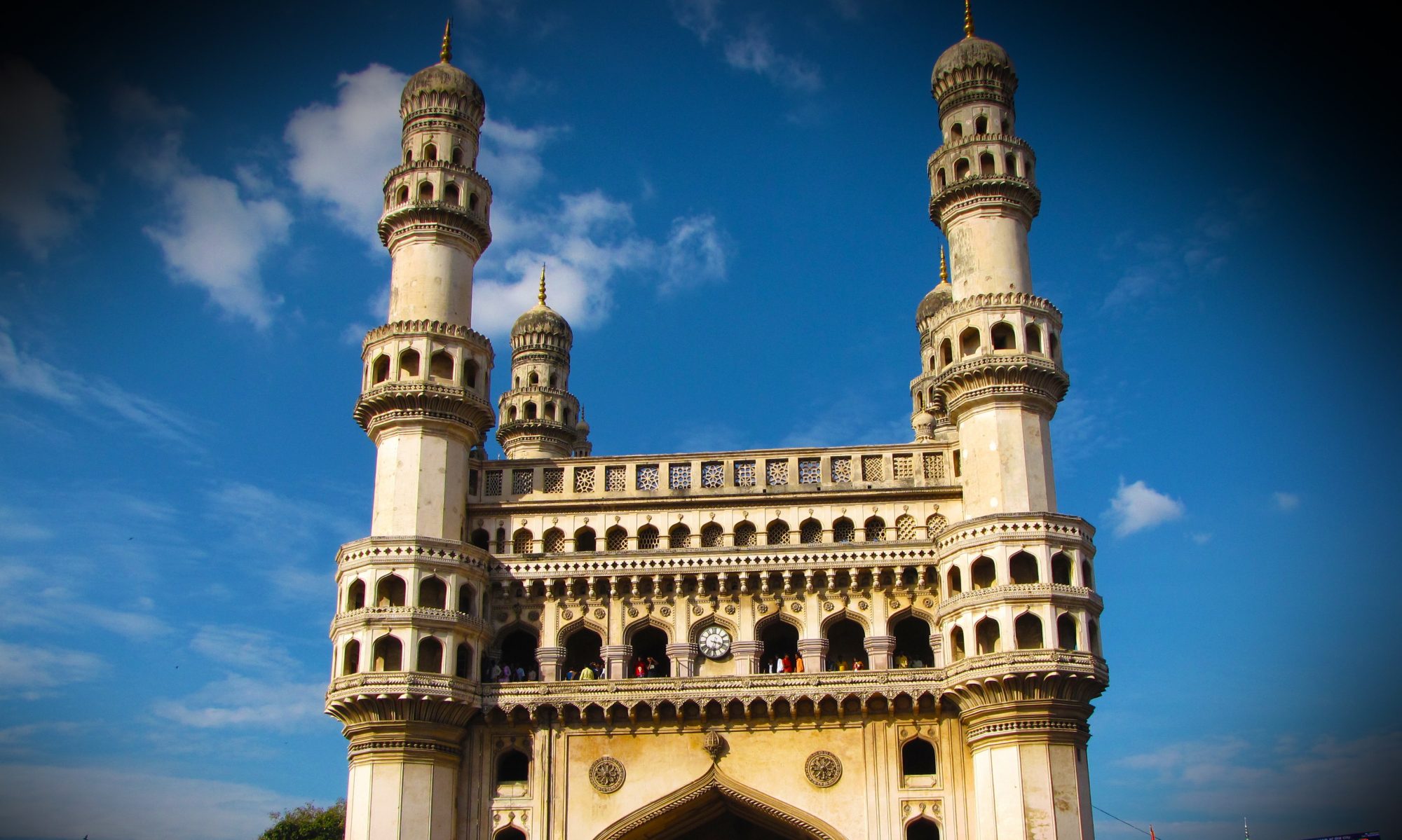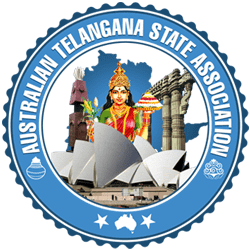Bonalu is a Hindu festival of the Goddess of power, Mahakali, celebrated in Hyderabad, Secunderabad and other parts of Telangana. It is celebrated in the month of Ashada Masam, in July/August. Special poojas are performed for Yellamma on the first and last day of the festival. The festival is also considered a thanksgiving to the Goddess for the fulfilment of vows.
Bonam means Bojanaalu or a meal in Telugu, is an offering to the Goddess. Women bring cooked rice with milk, sugar sometimes onions in a brass or earthen pot, adorned with small neem branches and turmeric, vermilion (kumkum), or Kadi (white chalk) and a lamp on the top. Women place the pots on their heads and take it to Goddess temple, led by drummers and dancing men.
Goddess temples have names such as Mysamma, Pochamma, Yellamma, Pedamma, Dokkalamma, Ankalamma, Poleramma, Maremma, Pochamme, Maramma, Yellammma, Nookalamma, etc. and are decorated with special illumination buntings and festoons.
Origin of the Bonalu festival.
The festival history has started in 1813 in Hyderabad and Secunderabad. Plague disease broke out in Hyderabad around that time claiming thousands of lives. People believed that the disease was the result of the anger of Mother Goddess. So people offered Bonalu(Bojanalu) to Mother Goddess Mahankali.
Ritual
Bonalu festival begins with the Golconda Mahankali, located inside the Golconda fort, and follows with Secunderabad’s Ujjaini Mahakali Temple also called Lashkar Bonalu, Balkampet Yellamma temple and then to the old city.
On the festival day, women wear silk sarees and jewelry. Some tranced women dance with balancing pots (Bonam), to the rhythmic beats of drums in honor of the local Goddess.
To ward off evil spirits, in olden days, people used to sacrifice a male buffalo in front of the temple, but now, roosters are sometimes sacrificed.
The festival starts at Golconda, Women carrying Bonalu are believed to possess the spirit of Mother Goddess, and when they go towards the temple, people pour water on their feet to pacify the spirit, who, by nature, is believed to be aggressive.
Every group of devotees offers a Thottela (a small colorful, paper structure supported by sticks), as a mark of respect.
It is believed that the Goddess comes back to her maternal home during Ashada Maasam, so people come to see her and bring offerings of food to show their love and affection, just as they would prepare a special meal when their own daughters visit them.
Potharaju
Potharaju, the brother of Mother Goddess, is represented in the procession by a well-built, bare-bodied man, wearing a small tightly draped red dhoti and bells on his ankles, and anointed with turmeric on his body and vermilion on his forehead. He dances to resounding drums.
He always dances before the Palaharam Bandi, the procession. He is considered the initiator of the festivities and the protector of the community. He leads the tranced female dancers who are under the spell of the Mother Goddess (known as shigam) to the temple, with lashing whips and emerald neem leaves (margosa) tied around their waists, accompanied by trumpets and drums.
Feast
Bonalu is a festival of offering to the Goddess and families share the offering with family members and guests. A non-vegetarian family feast follows after the offering.
The festival environment is quite palpable in the locality celebrating the festival, with loud-speakers playing Mother Goddess songs in folk style, and streets are decorated with neem leaves.
Rangam
Rangam, or Forecasting of the Future, is held the morning the next day of the festival. Women under spell foretell the year ahead when devotees ask about the future. This takes place before the procession is started.
Ghatam
Ghatam is a copper pot, decorated in the form of a mother goddess. The Ghatam is carried by a priest, who wears a traditional dhoti and body with smeared in turmeric. The Ghatam is taken into procession from the first day of the festival till the last day when it is immersed in water. Ghatam is usually accompanied by drums AND is followed after Rangam.
The festival concludes with the immersion of Ghatam. The ghatam of Haribowli’s Akkanna Madanna Temple leads the procession, placed atop an elephant, and accompanied by mounted horses and models depicting Akkanna and Madanna. It ends in the evening with a glittering procession and display followed by immersion of ghatams at Nayapul.
A carnival-like atmosphere, where thousands of people wait along the main streets of Laldarwaza to Nayapul and watch the exquisitely and elaborately decorated Ghatams. Young men dance in a unique style to the drum beats and folk songs alongside Pothraju, dress-up in various mythological roles.
The Ghatams of the Old city procession include the Mahankali temples in Haribowli Akkanna-Madanna, Laldarwaza, Uppuguda, Miralam Mandi, and Kasaratta, the Jagadamba temple of Sultanshahi, Bangaru Mysamma temple of Shalibanda, Alijah Kotla and Gowlipura, and Sultanshahi, Darbar Mysamma of Aliabad and Mutyalamma temple of Chandulal Bela.
ATSA started celebrating Bonalu festival from year 2012.

